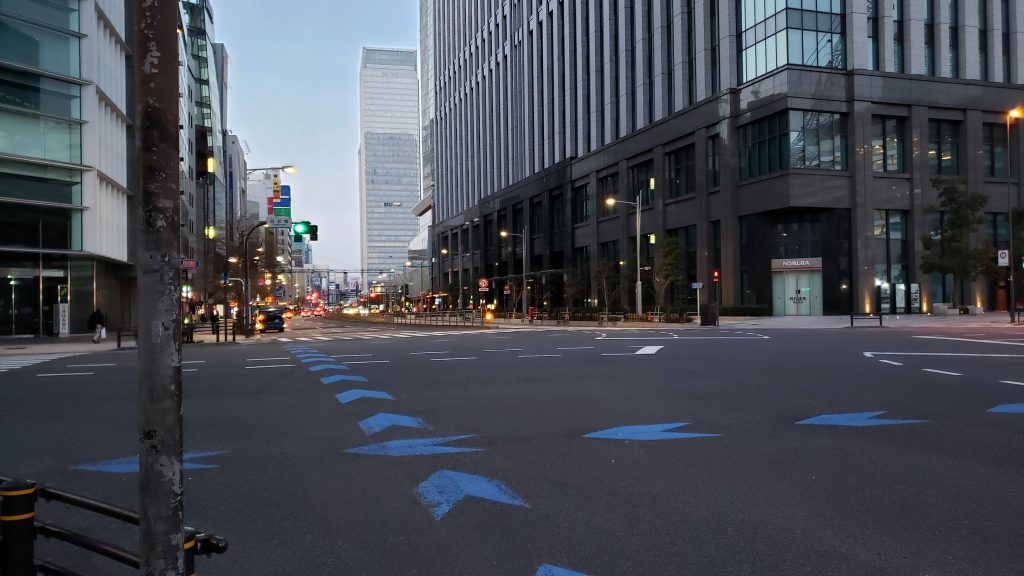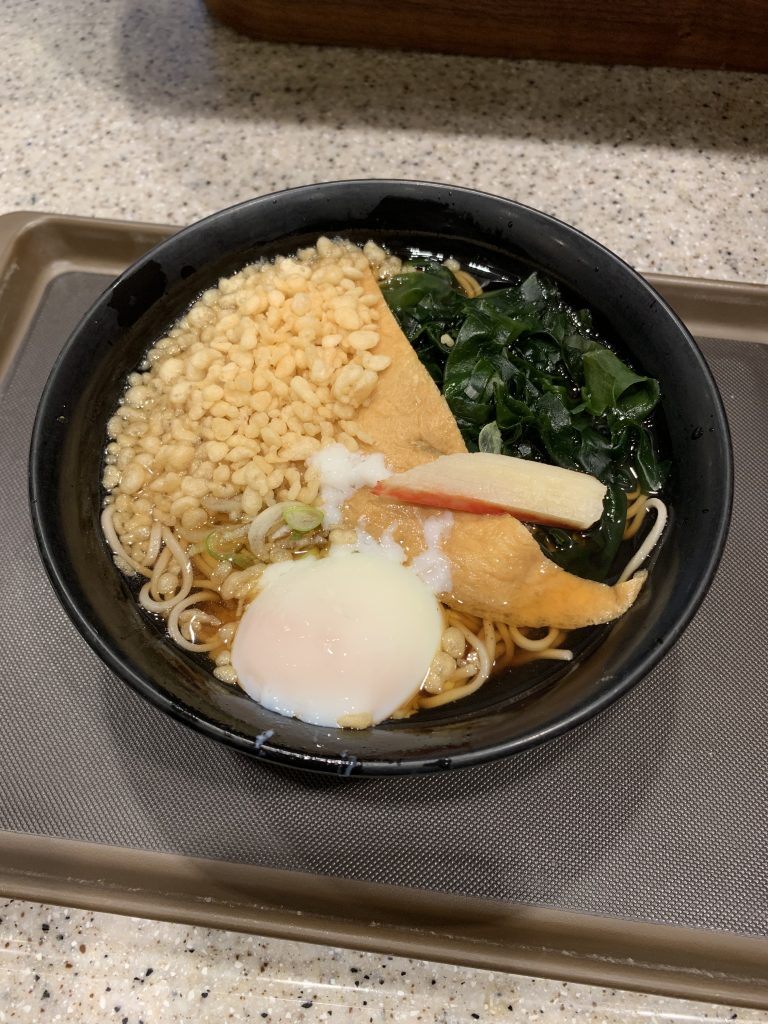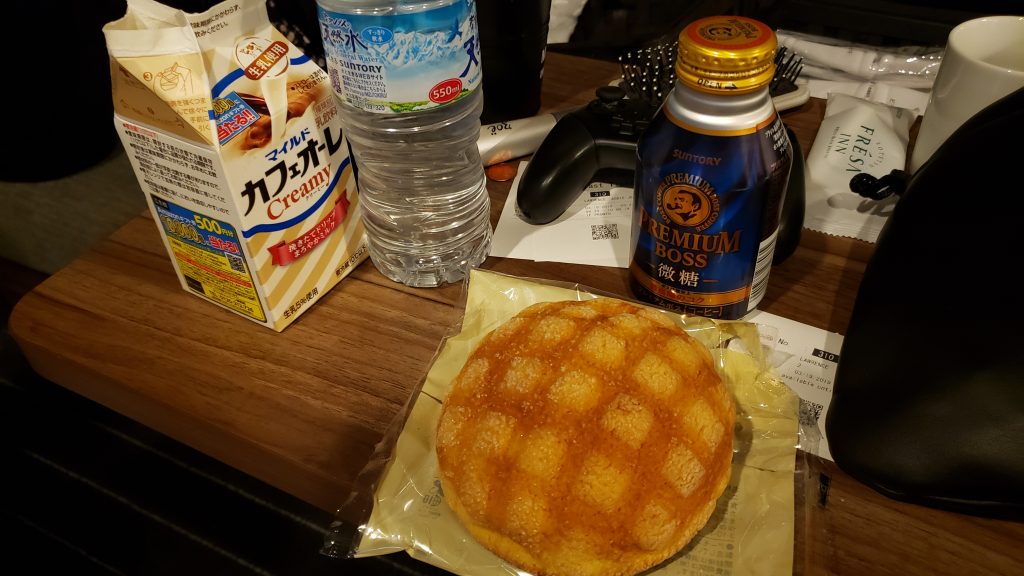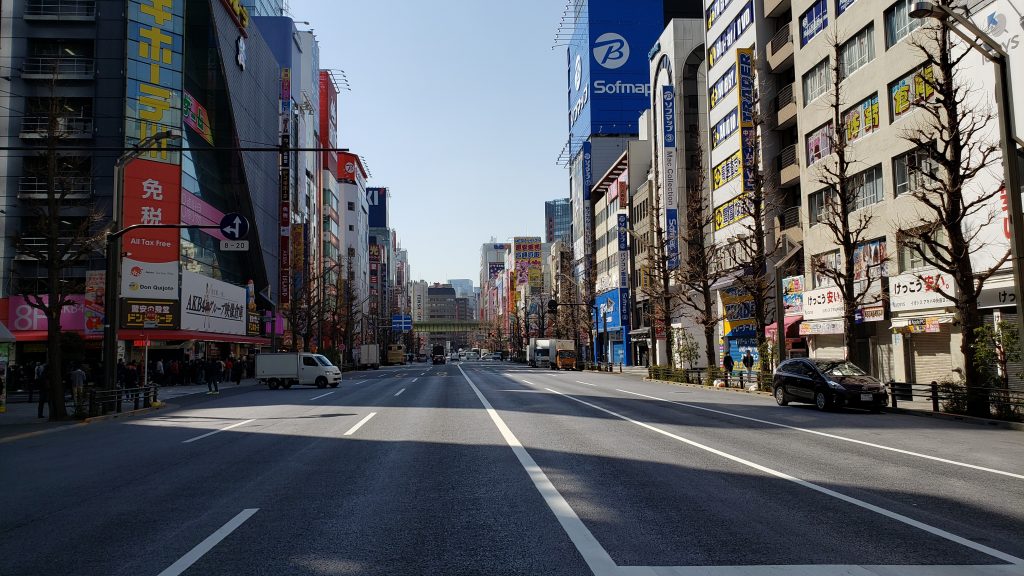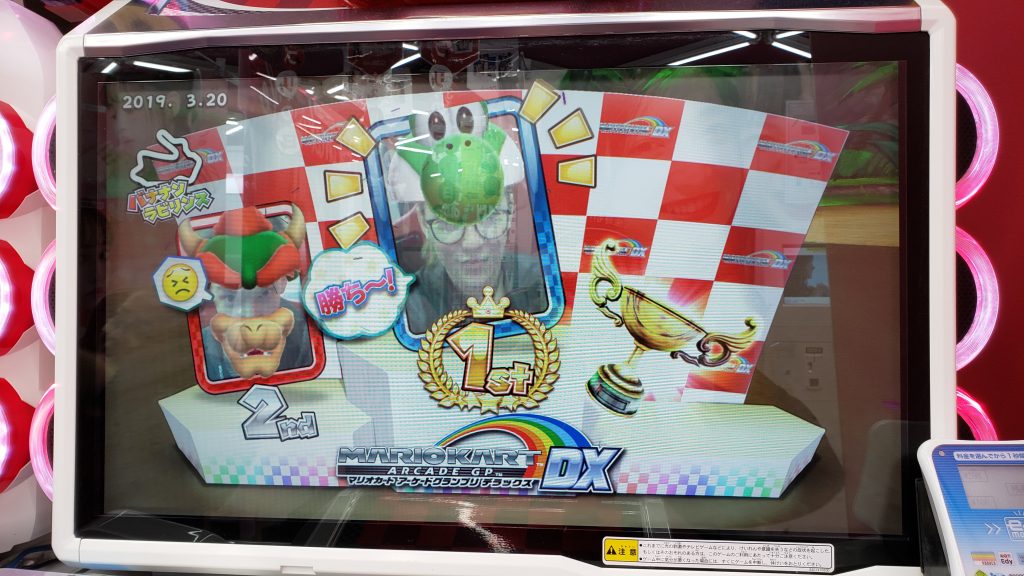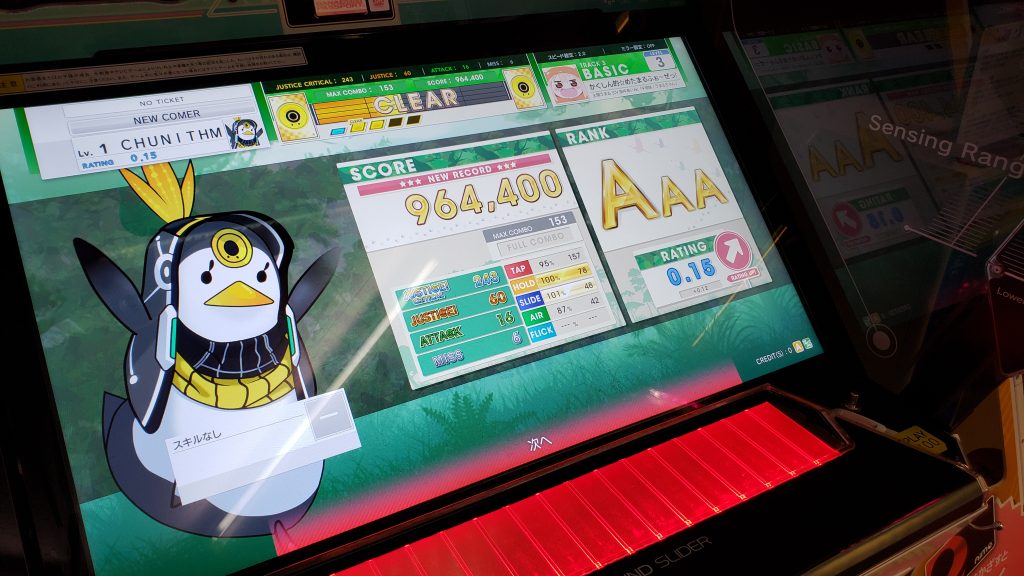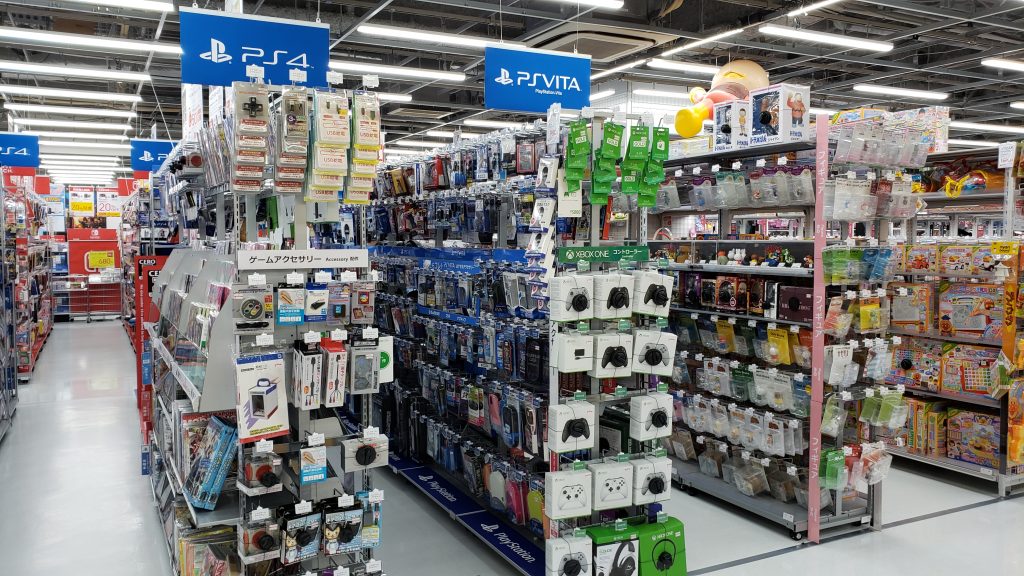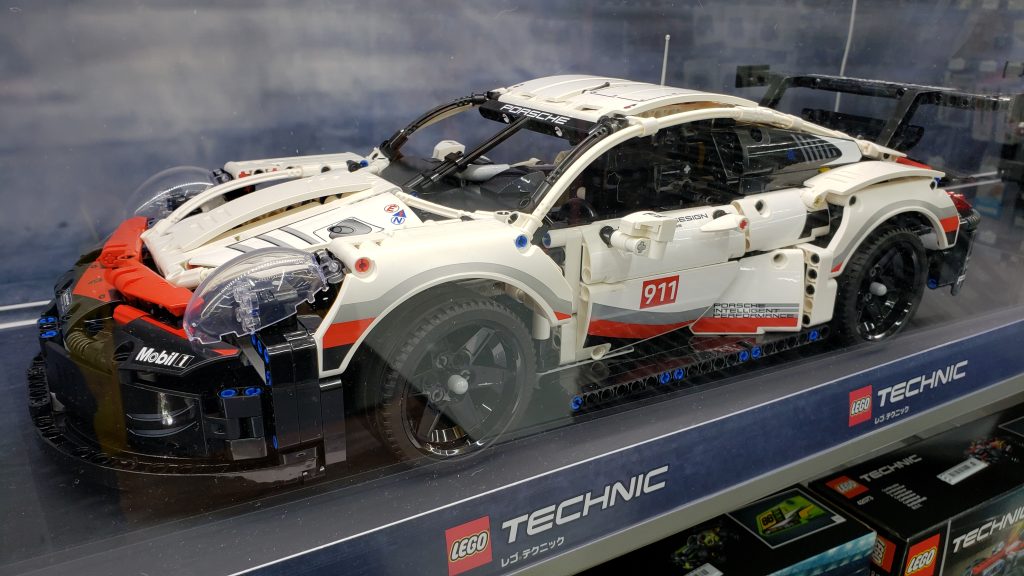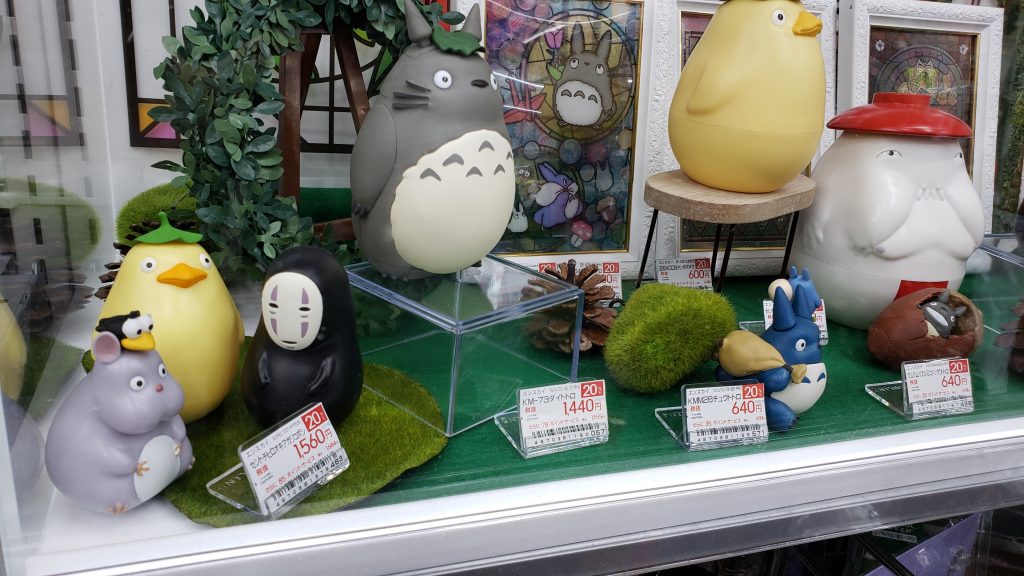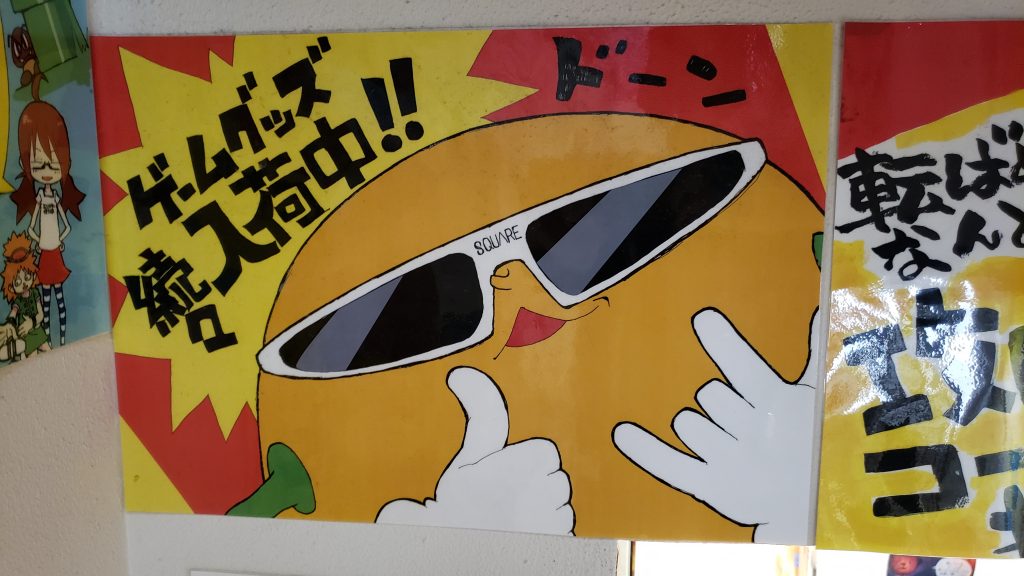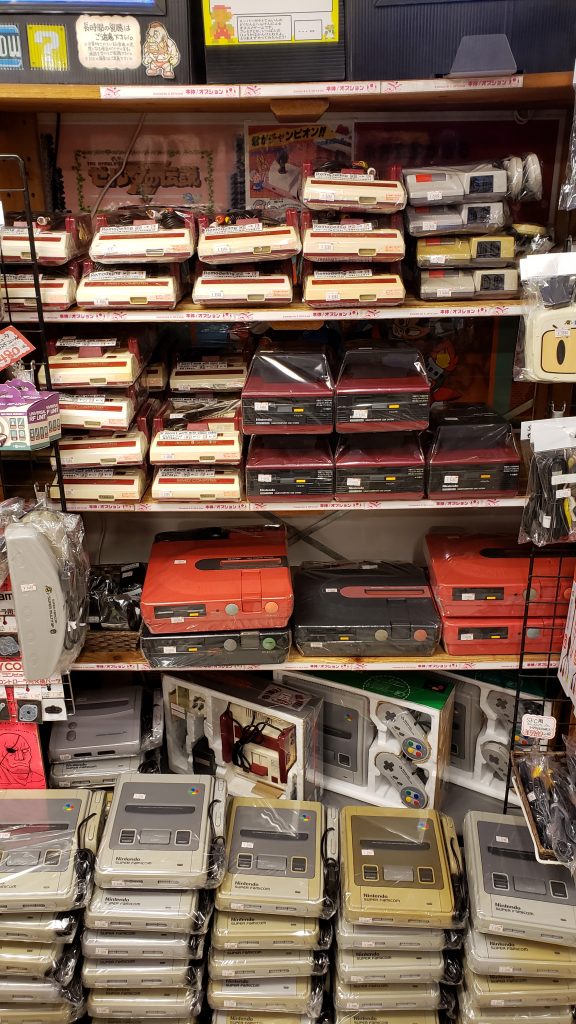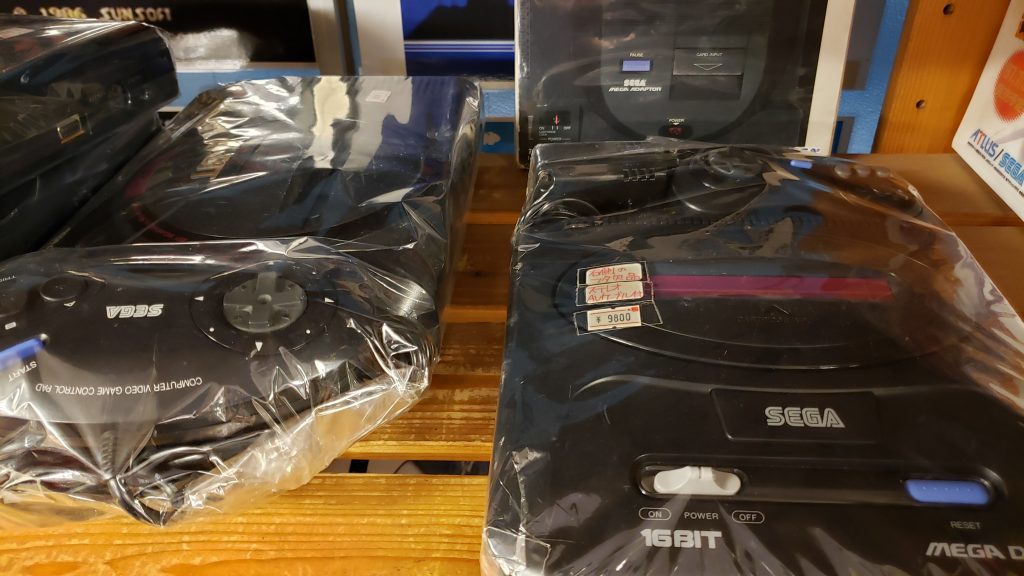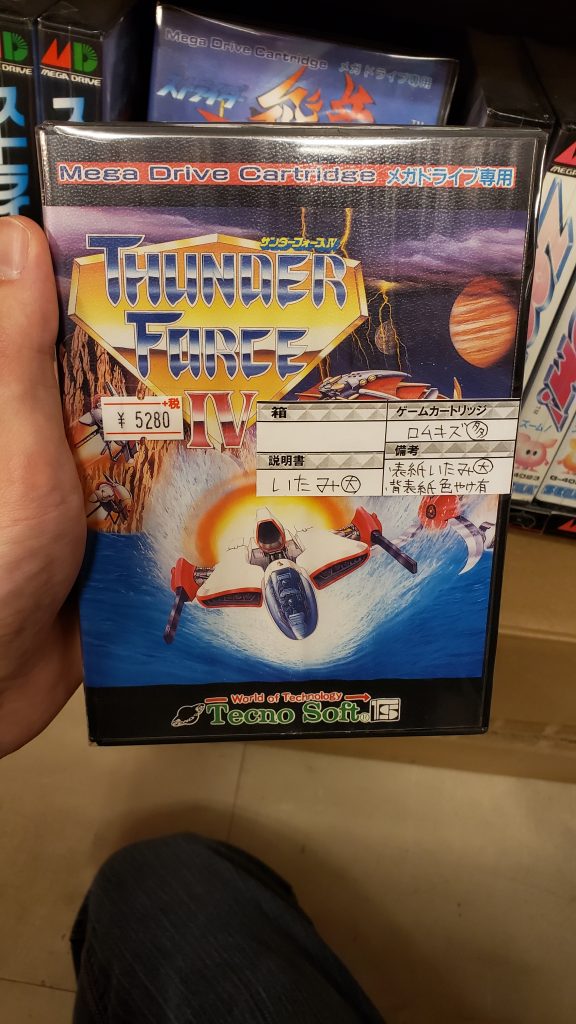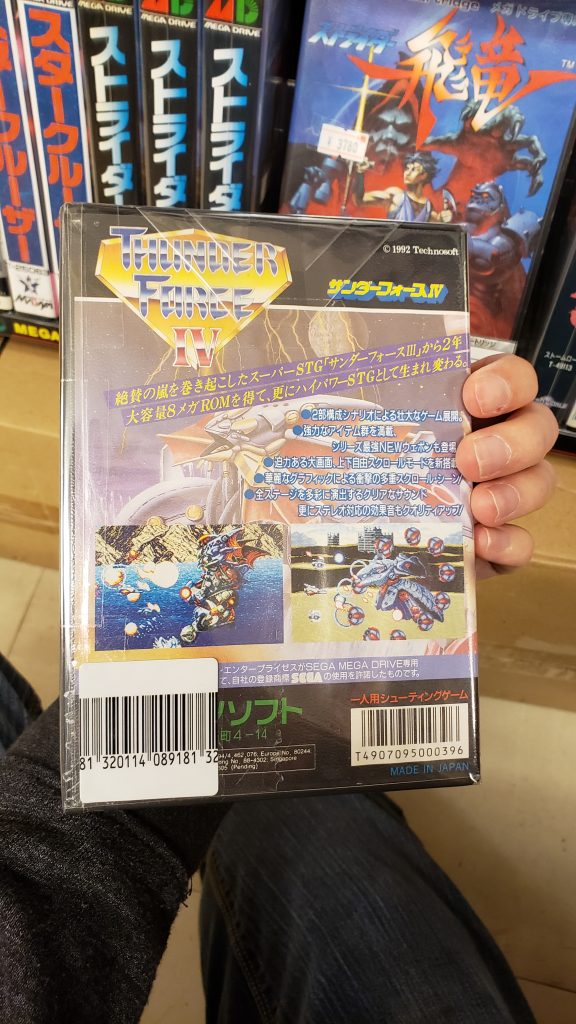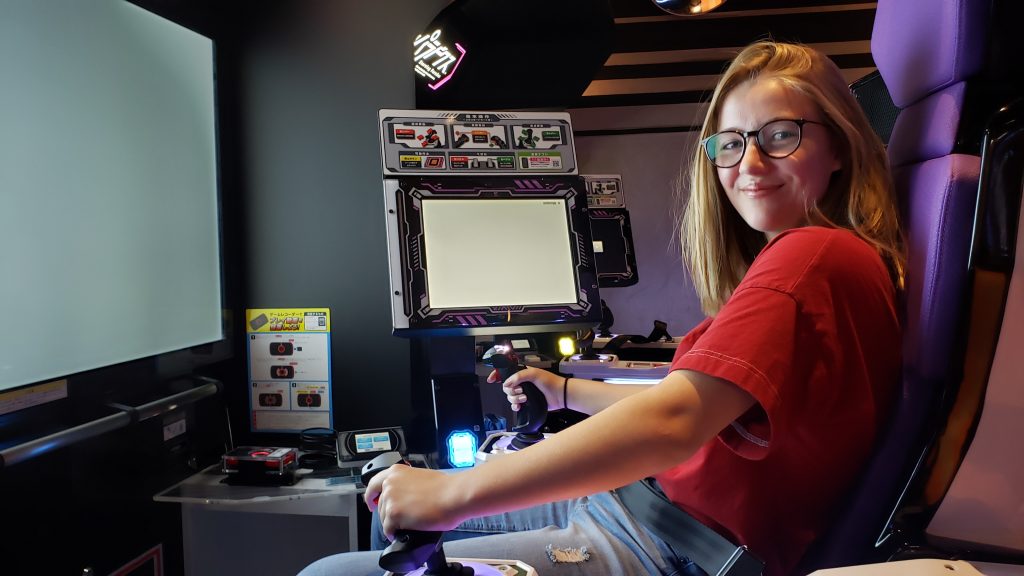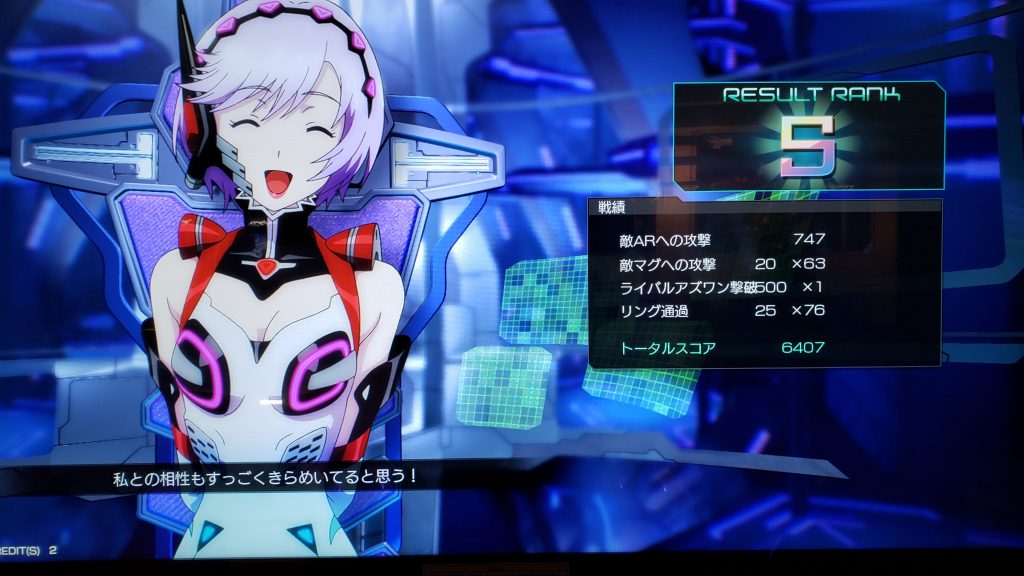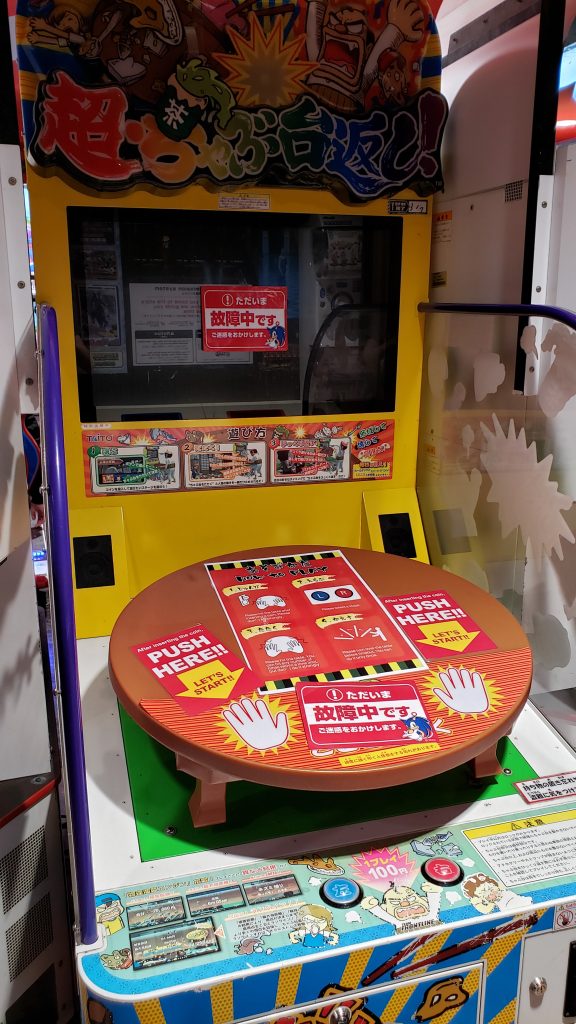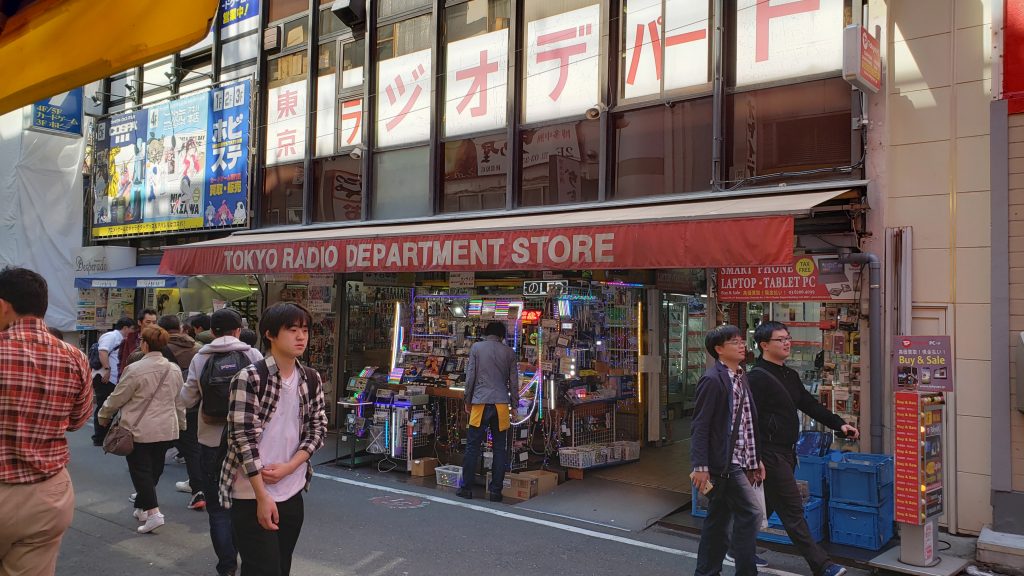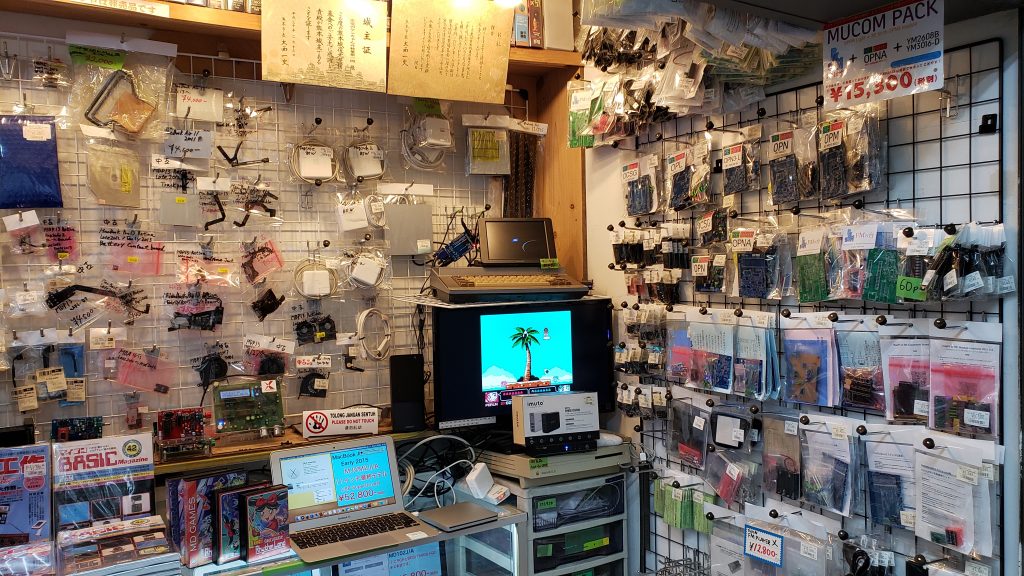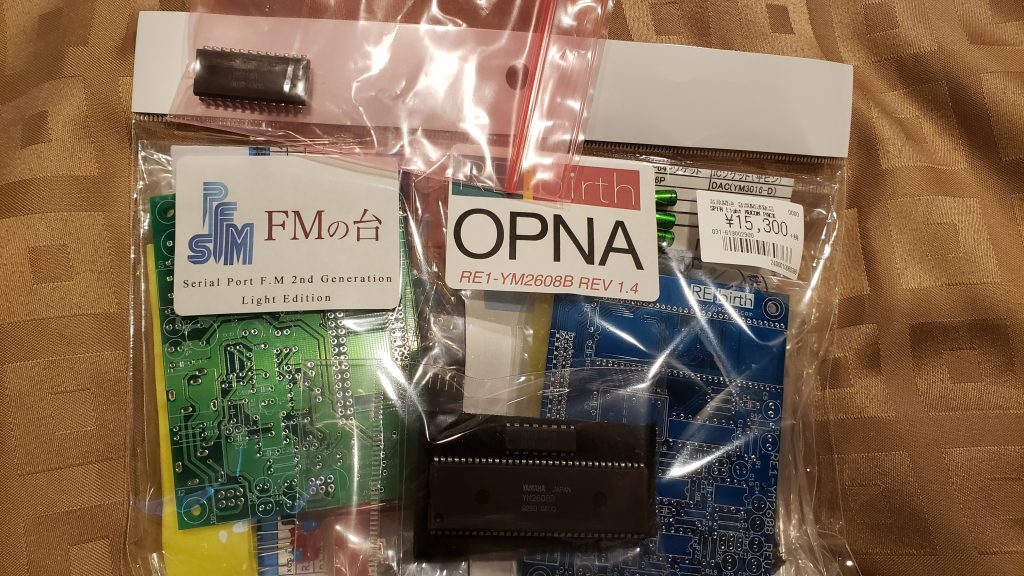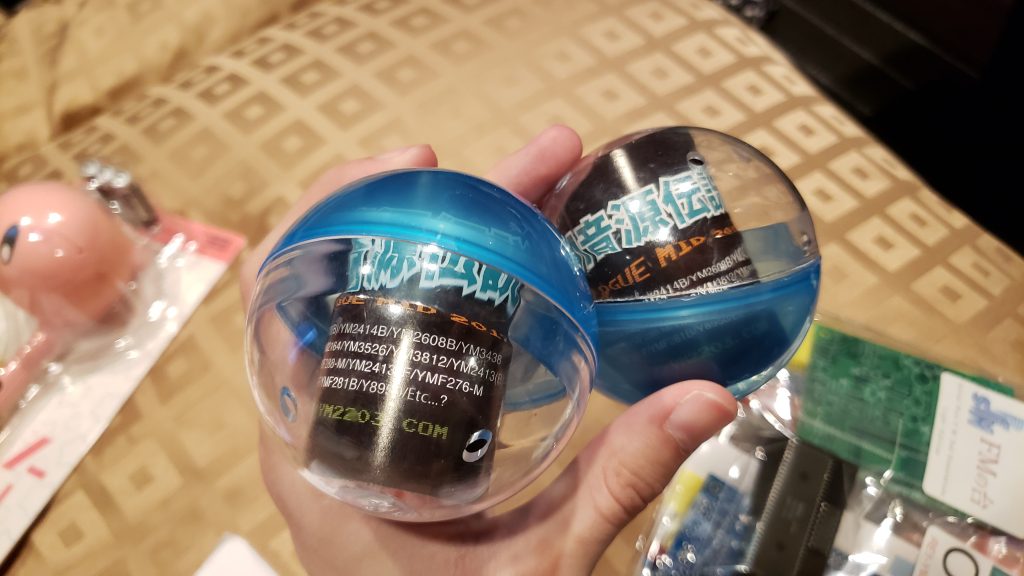March 20, 2019
https://www.youtube.com/watch?v=7ijMDQgvW0o
2:50AM. If you see this on your clock in a foreign country, you’re likely experiencing the effects of jetlag. We too were not immune. Both Abbie and I decided that we desired sleep more than a meal last night, so we were both really hungry. We haven’t had our first meal in Japan yet! I didn’t really want to have our first meal be from a convenience store (even though the quality of those meals are still pretty good). I wanted it to be special.
We decided to wander down towards Tokyo Station which lies about 1.5KM from our hotel. We’d get a nice morning walk in and see Tokyo wake up. By the time we were ready to leave, it was still only about 5AM. The sun had just barely scraped past the horizon line, basking Tokyo in a faint morning glow.
The idea was that Tokyo Station is filled to the brim with restaurants, so surely SOMETHING had to be open to serve breakfast to the few early risers. Soon, we arrived to the station’s gigantic south entrance and made our ways to the massive underground catacomb of shops & restaurants. Hundreds and hundreds of stalls… all closed. Maybe there’s something down here… no, all closed. Oh. It was still only about 6AM, so I decided to see what time most of the stores opened. Most were 10AM, some were 8AM, and a select few were open at 7AM. With our now ravenous hunger, we admit defeat. Let’s just get out of the station for now and make our way back to the hotel to wait for the world to wake up a little more. We’ll grab something from a kombini along the way. Not the best first meal, but we were so hungry.
So, we made our way back out of Tokyo Station and began to walk towards the hotel. Be on the lookout for a kombini – there has to be a bunch around here. Hmm.. none over here, or over here… what? How could we have not found one by now? Wait, look across the street. YES! A soba noodle shop was open! That will make a perfect breakfast and first meal! Abbie and I wait for the crossing green signal and make our way over (see: practically sprint) to the noodle shop.
Like most noodle shops, this particular store operated with meal tickets dispensed from a vending machine out front. Take a look through the window and you will see plenty of detailed plastic example meals along with their names and numbers. You don’t have to know Japanese to use these machines – simply find the meal that looks the best to you and remember the number, then find that same number on the vending machine. Easy!
Abbie and I both pick our meals and head over to the machine sitting just outside the front of the store. This machine had seen better days. It rejected my cash several times before finally accepting it. At first, I thought I was doing something wrong, but no, the machine was just a little weathered. Soon we had our meal tickets. We stepped inside the warm noodle shop and instantly the smell of kombu broth and all the delicious toppings amplified from “subtle hint in the streets” to “omg it this smells so incredible I need it now.” Especially since it was still pretty cold outside. Warm, delicious soup for breakfast on a cold morning. Yes.
Within moments, our soups were ready. “Hai, Dozo!” says the woman operating the store. She hands me both of our bowls and we sat down to eat among the many other early rising salary men. Warm soba broth, a delicious poached egg, sea weed, a bit of crab, puffed rice, and of course, a squishy slice of aburaage (fried tofu). This seems to be a pretty loaded version of Kitsune soba, or “Fox-soba.” It was SO good. That was a proper first meal, stumbled upon by sheer luck. Once we finished, we gave our empty bowls back to the woman operating the shop and exclaimed “Dozo gochisosama deshita!” (It was wonderful!). Proud replies of gratitude rang back from the kitchen, and we were back out on to the chilly streets of downtown Tokyo.
With our hunger finally satiated, we decided to walk back to the hotel for a little longer while we wait for a bit more of the world to wake up. Along the way, Abbie and I discuss the pleasures of traveling without much of a plan. You simply go where you want, when you want. If you’re tired, go back to the hotel. Find something interesting? Go towards it. Your trip is not dictated by a schedule, or a guide telling you to ‘walk sharp!’
Of course, we just had to stop by a kombini to pick up a couple of staple treats and my beloved cheap, crappy Boss coffee. So good. I gather up a few cans of the stuff, as well as some mochi-choco-pan (squishy chocolate bread) and some melon-pan (melon bread). Soon, we arrived back at our hotel, where Abbie and I split our melon-pan. This was the first time Abbie got to experience the wonders of Japanese baked goods. Wonderfully soft and airy with a distinct subtle sweetness. Wonderful.
After a little more relaxing at the hotel, and a little bit of early-morning Japanese TV (an entire show detailed miniature scenes accompanied by peaceful music, how lovely!), we looked up the weather for the day. Perfectly clear, sunny, and 21°C (~70ºF). A literal “perfect day” was ahead of us. We needed somewhere fun with a lot of walking around. I’m thinking: Akihabara. Yes. YES.
The Electric City of Everything. A tourist hot-spot for manga, anime, and video games for sure, but I had a different goal in mind in addition to all the other wonderful things you can do in Akiba. There was this one specific vendor there that I’ve heard so much about that specialized in something that I’m very, very fond of. Sometime today, we’ll seek him and is store out. At about 9:30AM, we decided to head out and just jump on the subway since the station right outside our hotel has trains that shoot straight to Akihabara. Convenient! I also used this as an opportunity to show Abbie how the seemingly complicated train maps worked. With a little help from Google Maps, it’s not so tough to order the correct ticket.
We quickly zoomed off underground and arrived at the Tokyo Metro station just south of Akihabara. Going to this metro station instead of the main JR Akiba station was actually pretty fun, since you must cross under a giant train bridge that served as a surprise-reveal gateway for the pure sensory overload that Akihabara is known to provide. We passed under the bridge and, oh yeah, here it is.
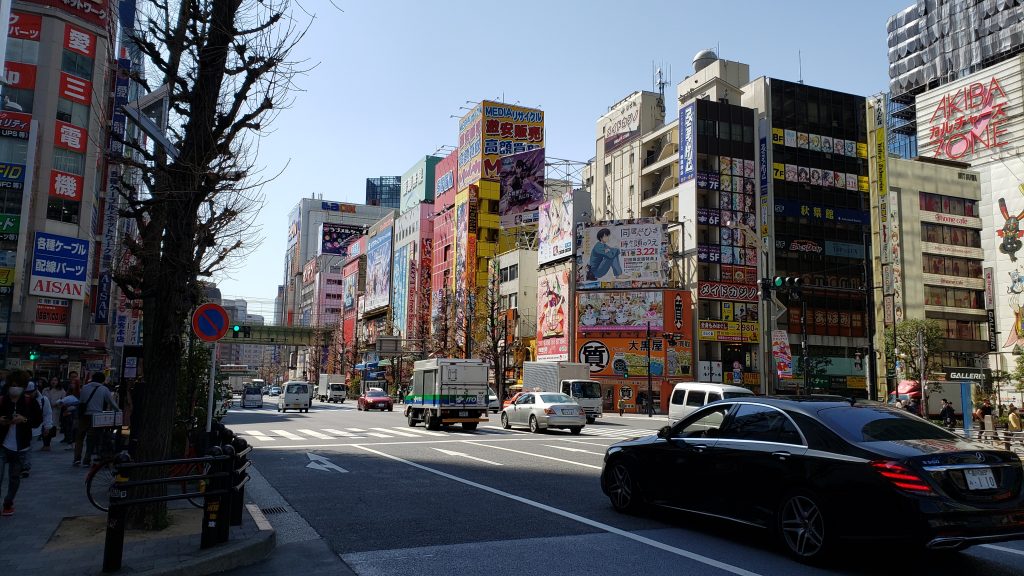
The iconic Akihabara street corner. Ever so slightly different from last time I visited.
This part of town is always so bright and colorful with the bright blue Japanese sky. If the cities goal is to mimic the cartoon-y, brightly colored, fun aesthetic of anime, they’ve definitely nailed the aesthetic. While I’m aware that Akihabara is a bit of a caricature of Japanese culture, it’s still wildly fun. I don’t really watch anime since it’s not exactly my thing, but when you’re here, it’s best to just cut-loose and immerse yourself in the insanity.
Let’s pick a random arcade and have some fun! Last time I was here, I definitely explored the arcades, but when you’re alone surrounded by intense Japanese games that don’t make a whole lot of sense to you, it’s hard to indulge. This time, I had a buddy, so we can suck at these games together! Oh, wait, I remember this arcade! It has Mario Kart cabinets in the basement. Yes.
….It was neck-and-neck for almost the entire race, but Abbie beat me by mere milliseconds. Good Game, Well played.
After Mario Kart, we wandered about the several maze-like floors of flashing, magical, loud, and amazing games. Each floor had a different genre of games. Bottom floors are usually reserved to prize-catchers, while middle floors are usually rhythm games. Top floors are often multi-player networked games, fighting games, and retro arcade games. Rhythm games here are intense so naturally, Abbie and I needed to try one and make ourselves look like fools to those that can keep 21/16 time at 300 BPM like it’s nothin’.
After being bad at DDR, we found some other neat rhythm games that involved a sliding capacitive keyboard filled with colorful lights and “airtime” sensors. This game was pretty awesome. Abbie was fairly good at it too (though, our intensity level was “basic”).
I decided to give it a try, too. Most of the songs available were completely foreign to me. Mostly just high-intensity J-pop, idol girl bands, and anime intro songs. But… hey.. I know this song!
If you don’t share my affinity with sexy dragon girls, I don’t think we can be friends anymore.
Anyways,
I wanted to give Abbie a brief tour of the Bic Camera store. I visited this place last time and was enamored by the sheer variety of stuff they had for sale. Floors and floors of EVERYTHING cool.
Abbie bought her first souvenir here. A brilliant choice, if I’m being honest. A Kirby Otamatone. The world’s most spectacular musical instrument.
While we’re out and about, let’s check out Super Potato, the vintage video game shop where thousands of old-school consoles and titles are preserved and sold in like-new condition. I also visited this shop last time, but since it’s so iconic to the area (and also really cool), I figured Abbie would like to see it too.
We navigated through the streets of Akihabra in search of the non-descript hallway leading to a non-descript stairwell, leading to a VERY descript Super Potato. Posters lined the upper floors preceding the entryway. Here we are, vintage game heaven. Prices here are definitely very steep and you can surely find better deals in similar shops in the area, but for sheer consolidated variety, it’s hard to beat Super Potato.
After perusing floor after floor of vintage games, Abbie picked up a souvenir for one of her friends and we departed. Super Potato is always a treat. They even have a vintage arcade on the top floor if you’re interested in playing some classic titles.
By this point, it was just about noon and we were getting pretty hungry again. Abbie mentioned before we left on our trip that she’d like to visit a “rotating sushi bar” at least once. I happily obliged as there just so happened to be one just down the street! Once we arrived, we were immediately seated right at the bar. I explained the pricing rules to Abbie (colored plates are matched up with different prices), then told her to screw the prices and get as much as she wants because JAPANESE SUSHI, YO.
First bite – heavenly. Sushi is just so different in Japan. You can’t even compare it to American sushi. It is just pure bliss. Round after round of sushi. I also ordered a Miso-clam soup and it was wonderful. All the while, the staff bustled at break-neck speed through the crowded restaurant obliging the requests of many different customers at once. We soon finished with a decently sized stack of plates between us both and called for our check to be tabulated. The waiter counts up the plates and gives us our check. We stuffed ourselves full with tons of wonderful Sushi, and the bill was…. $22. For both of us. I love this country.
Back out on to the streets. We had yet another goal in-mind. Find table-flip game. I remember from last time that it was in one of these Sega arcades – problem is: there are like 4 here of them and they all look the same from the outside. We visit each one, up and down the many flights of stairs in search for our virtual domestic insanity simulator. No luck. But what we did find instead, was this:
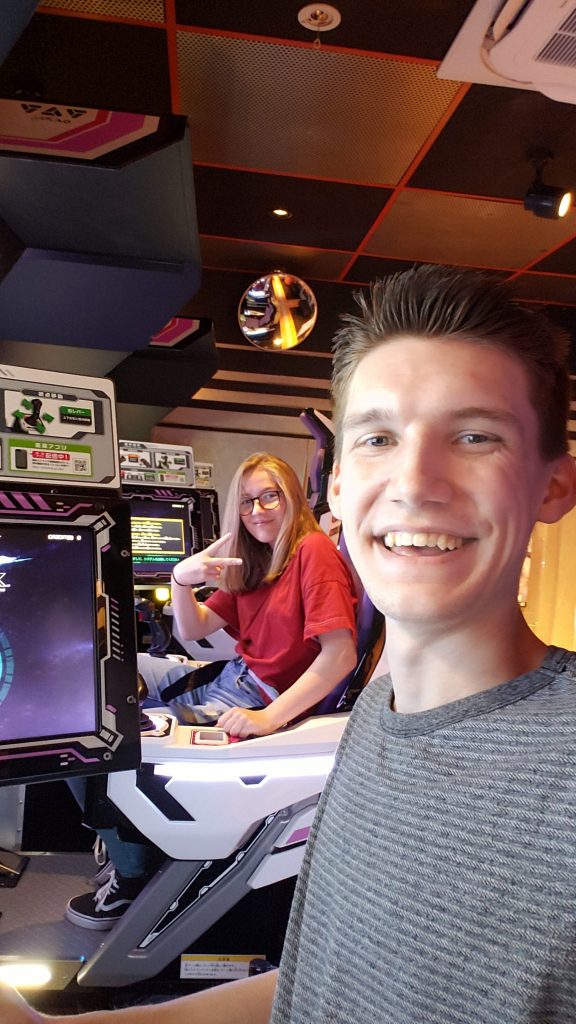
A MASSIVE set of motion-equipped ridable cock-pit cabinets where you play as a virtual Gundam (large fighting robot, think similar to Transformers). The cabinets featured two joysticks, foot pedals, a side-display, and a MASSIVE screen. This was an arcade game that you actually needed a seatbelt for and it was AWESOME.
That was pure insanity and I loved it. But I still want to find Table-flip game. Wait, I know where it is. It’s in the special “Club Sega” arcade just down the street. We walk over and… yeah! I remember this stairway, it should be right around the corner. Oh my god, look! There it…
Broken. Aw. I have a sneaking suspicion that they just disabled the game due to the hordes of tourists (like me) making a ton of noise. These arcades were already blaring, but I remember that this game was a constant source of loud banging noises (because that was, you know, the core mechanic of the game). Oh well, maybe it will be fixed when we get back to Tokyo at the end of our trip.
Slightly disappointing, but that’s nothing a little ice cream can’t fix. Abbie found a little ice cream stall on the side of the street and got some choco-ice cream. I decided to pass since I was still stuffed from lunch. Abbie dropped a bit on the floor, so I had to ask the servers for a napkin. Why is this important? Because I’m actually conversing with people in Japanese now. Simple as the phrases may be, I’m not relying on Google Translate for most of my daily interactions. It feels like a super power. Don’t get me wrong, I’m still a complete scrub when it comes to Japanese, but I’ve been studying for years now and it’s finally paying off. Day after day of studying with nobody to actually talk to makes it seem all-for-naught, and yet… I can do it. Even if it’s as mundane as asking for a napkin, it feels special to speak in another language and be understood. Someday I wish to truly be bilingual, but that will take many more years of study. Regardless, it’s still an amazing feeling that I would soon put to the test.
Tucked away in a slightly shabby building labeled “Tokyo Radio Department Store” lies the ultimate goal for our visit to Akihabara. Inside department store, nestled between countless sub-stores selling just about anything you can think of in regards to electronics lies a special man who goes by the nick-name Ken-chan. I first heard about this store through a friend of mine, but Scotty from Strange Parts actually just so happened to explore his shop too. They say in Akihabara, you can find a store catered to directly to your personal interests and Ken-chan’s store was mine.
Wall-to-wall video game music players and self-made DIY kits that used the same exact vintage sound chips that I’m known for working with and love so dearly. There was even a wall of gotcha machines that dispensed random vintage sound chips. Heaven.
Behind a little register room was a man sitting quietly. I go up and ask, “Sumimasen, Ken-chan des-ka?” (Excuse me, are you Ken-chan?). “Hai,” he responds. (His name isn’t actually Ken-chan, but I’ll refer to him as such to keep his true identity safe)
I introduce myself and explain that I myself have a very similar hobby and have also made my own hardware video game music players. Almost immediately, he lights up with glee. I explained that it was very rare to find people that are into the same niche hobby, especially in the US (though, I think I got lucky there since I know a pretty cool girl that’s into these chips too!). I showed him videos of my video game music player designs and very quickly we both realized that our interests were extremely similar. He seemed to really love my most recent design – a MIDI controlled Sega Genesis synthesizer. We had a great time chatting. I can’t describe how AMAZING it felt to actually have a genuine conversation with someone in Japanese. My sentences were littered with errors, and my pacing was terrible, but I was being understood. I shared interests with someone. I made him laugh. I impressed him with what I made. He impressed me with what he had made. We were talking. Incredible feeling. There were times that I did have to bust out Google Translate because, you know, frequency-modulation synthesis is a tricky subject to talk about even in English, but for the most part, it was all me. He walked me through all of his designs and showed how his driver software worked. VGM files! Just like my designs! He even showed me some incredible portable designs and a complex FPGA-driven prototype of a YM2610 player. For those that don’t know, that is the beastly Neo-Geo sound chip that is incredibly hard to drive. Everything was so neat.
I decided to try out his sound-chip gatcha machines. I told him that I would try and predict the chip that would come out. “OPM desu!” I said as I added my coins and turned the handle. OPN2 (YM2612), which just so happened to be my most-used and most beloved model of sound chip. Sweet, but not an OPM (YM2151). I grabbed one more capsule for a friend back home. After a bit more chatting, Ken-chan dug through his many drawers and pulled out a little red bag with a chip in it. “Presen-to (present for you).” It was an OPM YM2151 chip, the chip that I tried to predict from the gatcha. He was giving it to me as a gift. Oh, my, god. That’s what makes Japan so special. A single gesture like that. I’ll remember that moment forever. A little while later, I turn to the wall of video game music player kits and find the most expensive model. A beastly DIY kit that included every module I needed to replicate his design along with a YM2608 (massive 16-channel FM chip). I’ve never worked with this specific chip before.
I point to the kit, “Ko-re wa” (This one). “Kai-imasu” (I’d like to buy it!). His eyes lit up, “Hai!” I couldn’t tell who was more excited, me or him! I can’t wait to build this thing. We talked for a little while longer going over software and chatting a bit more about our designs. It was just about time to leave, so I asked, “Ken-chan (implying friendship), Tomodachi desuka?” (Want to be friends?). He quickly turns around and rushes to his small desk and pulls out a card. It was his personal business card. I grip the card politely with two hands and study it. He explained his true name to me, to which I now addressed him by formally. “Dozo Yoroshiku,” (It is nice to meet you), I say after announcing his true name. Bowing is shown as a sign of respect in Japan, so I did so, but also extended my hand for a handshake. I think it was an appropriate display of gratitude between our cultures. “Sayonara (Bye, until we meet again), see you online!” I say as I depart. “Sayonara, arigato gozaimashita” says Ken-chan, laughing.
That was the best experience ever. I can’t wait to build this massive kit. Please check out his shop online and RE:Birth website if you’re interested in this sort of thing!
After all that, Abbie and I caught the Yamanote back towards hotel, stopped by a kombini to pick up some instant coffee, and promptly crashed on the beds after we arrived. It was about 6PM. “We’ll just take a short rest.”
…We both awoke at midnight. Oops.

